The recently announced Speed Booster lens converter from Metabones has been getting a lot of attention. The Speed Booster allows you to use SLR lenses on mirrorless cameras, making them 0.71x wider (with APS-C sensor cameras) and improving MTF (Modulation Transfer Function). Metabones also claims the Speed Booster converter “increases maximum aperture by 1 stop.” For example, the Speed Booster will convert a 50mm f/1.8 lens to 35.5mm with a maximum aperture of f/1.2. My first reaction when I read that was to dismiss the whole announcement. After all, increasing the maximum aperture means the Speed Booster actually adds light, doesn’t it? That’s impossible! However, the Metabones Speed Booster got enough positive buzz from respected sources that I couldn’t just dismiss it – I had to figure out if it their claims were legit. Fortunately, I have an optics physicist on call for situations like this – Photo-Dad, a.k.a. Dr. J. Howard Shafer.
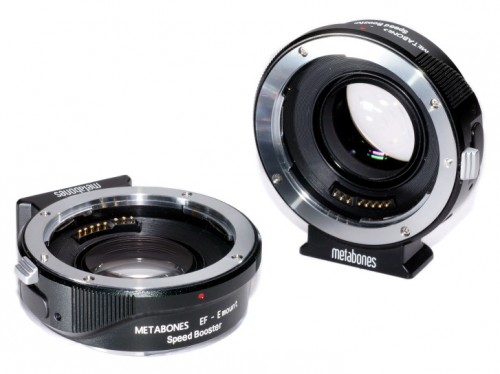
Metabones Speed Booster Key Features:
- Magnification: 0.71x
- Maximum input aperture: f/1.26
- Maximum output aperture: f/0.90
- Lens elements/groups: 4/4
- Objective lens mounts: Canon-EF, Nikon-F (Leica-R, Contax C/Y, Contarex and Alpa planned)
- Capabilities, Canon-EF version: Electronic iris control, AF and VR
- Capabilities, Nikon-F version: Manual iris control of G type lenses
- Camera mounts: Sony NEX, Micro Four Thirds, (Fuifilm X planned)
- Length reduction (Sony NEX, version): 4.16mm
- Length reduction (Micro Four Thirds version): 6.17mm
- Dimensions Sony NEX version (diameter x length): 69mm x 27mm (with tripod mount removed)
- Weight Sony NEX version: 194 grams
- Tripod mount: Removable type with Arca Swiss compatibility
Photo-Dad got right back to me and in his usual physics professor fashion broke the increased aperture claim down so it was easy for me to understand. So what’s the bottom line? The Metabones Speed Booster is legit. Of course, it is impossible for the Speed Booster to add light. That’s why their claim of adding a stop didn’t make sense to me. However, it is possible to add a stop without actually adding light and no black magic is required. Rather than try to explain it myself, I’ll let Photo-Dad do it:
| “When the speed booster lens is inserted between the objective and the image, the final image moves toward the objective and is smaller. This means that the ray bundle emerging from the objective is concentrated into a shorter distance after the speed booster so that the combined focal length is smaller and the final image is smaller. Since the ens diameter doesn’t change, the f-number increases. You don’t actually get more light onto the focal plane, but the same light is now more concentrated (smaller image), hence brighter. So the lens booster makes the objective behave in every way like a wider angle lens with larger f number.” |
If you got a little dizzy reading that, the critical bit is near the end: “You don’t actually get more light onto the focal plane, but the same light is now more concentrated (smaller image), hence brighter.” So I was correct, it’s impossible for the Speed Booster to add light. However, it’s able to increase the maximum aperture by concentrating the light. I saw someone else describe this as a reverse tele-converter. That’s a good description since the Speed Booster converter decreases your lens’s focal length, making it wider. That’s the exact opposite of a tele-converter, which increases your focal length and decreases your maximum aperture.
Based on reports from early adopters and Photo-Dad’s technical evaluation, I think the Metabones Speed Booster looks pretty sweet – if you want to use larger SLR lenses on your mirrorless camera. On the other hand, for me, the whole point of mirrorless cameras is the small package. And using SLR lenses pretty much voids that benefit. But the Speed Booster does offer increased versatility for photographers using mirrorless system cameras. Click on the images below to see what the Metabones Speed Booster can do with a Nikon DX lens mounted on a Micro Four Thirds camera.
The Metabones Speed Booster is available direct from the Metabones Web site for Fujifilm X and Sony NEX camera system owners with a Micro Four Thirds version in the works. They currently support Alpa, Canon EF and Leica R lenses with plans to add Nikon, Contax and Contarex converters. Prices range from $399 to $599, depending on your camera system and the lens mount you want to use.
Metabones Speed Booster Press Release >>
Metabones Speed Booster White Paper >>
Related Content:
Compact System Camera (Mirrorless) Reviews
Compact System Camera Lens Reviews
Compact System Cameras Forum
More Compact System Camera News And Articles
Metabones Web Site


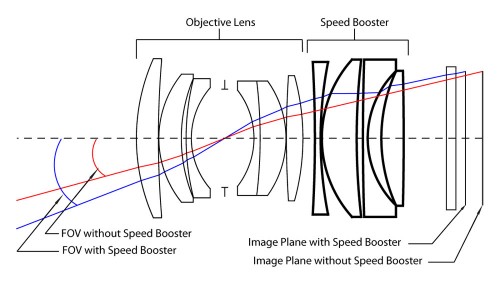
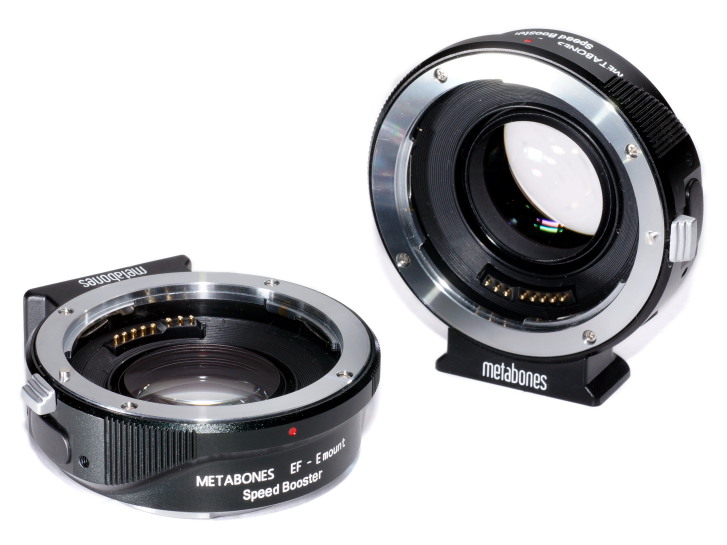


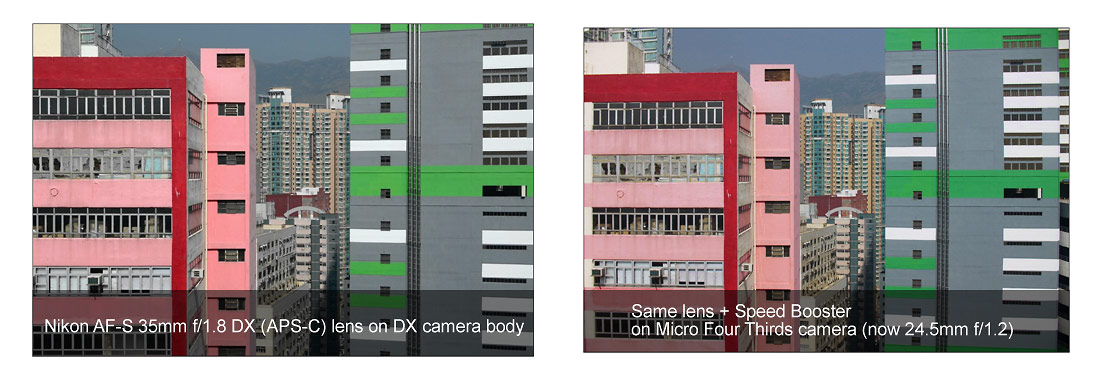

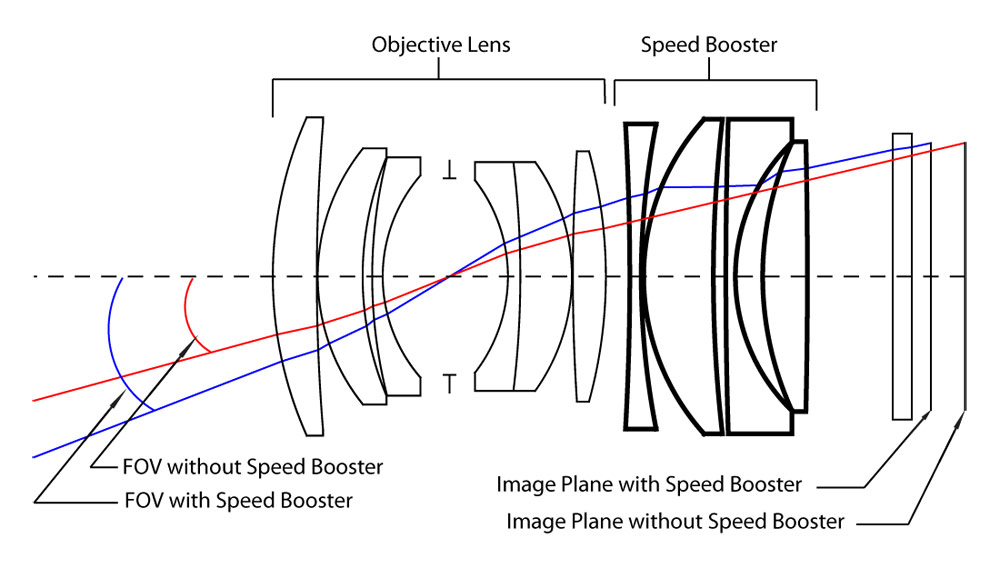

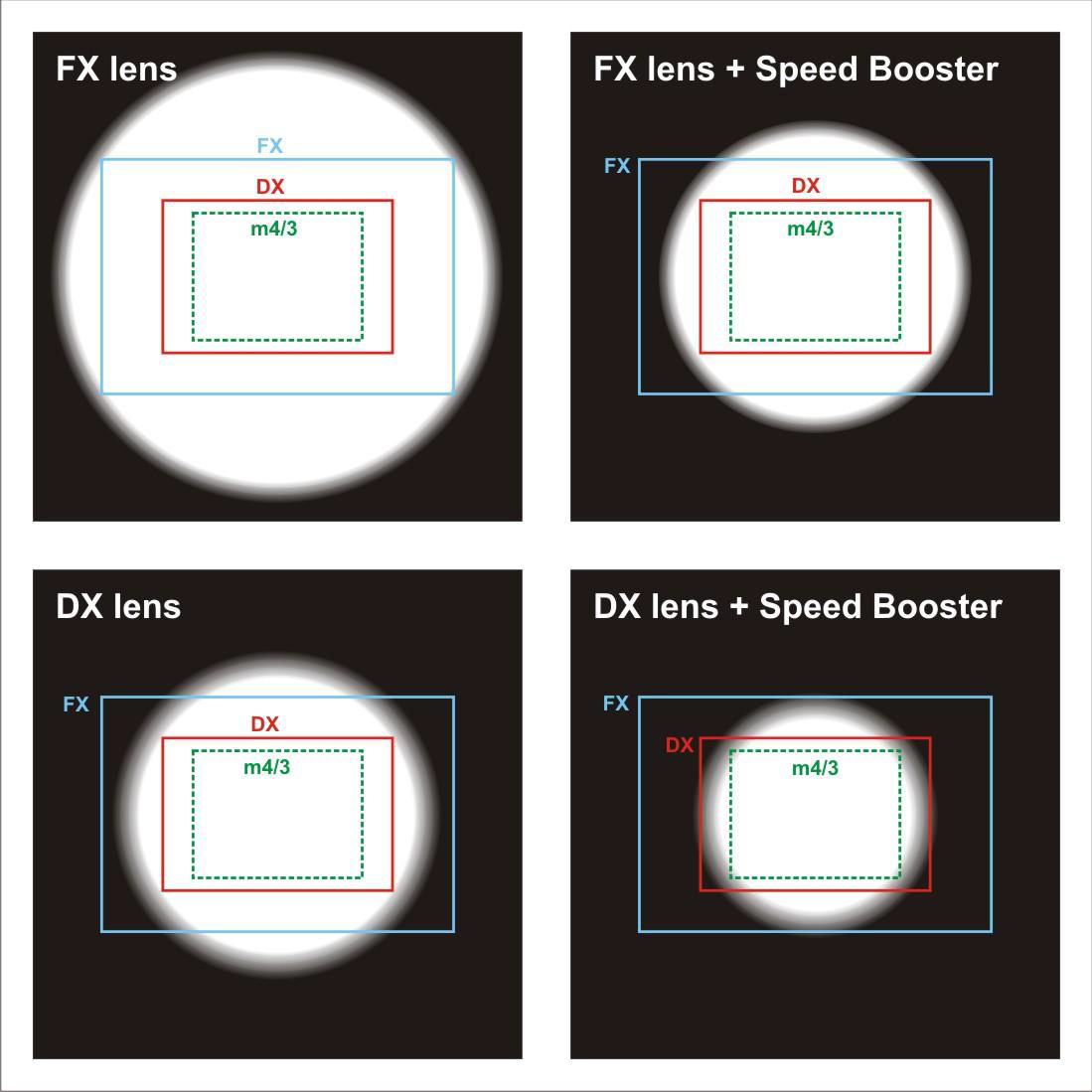

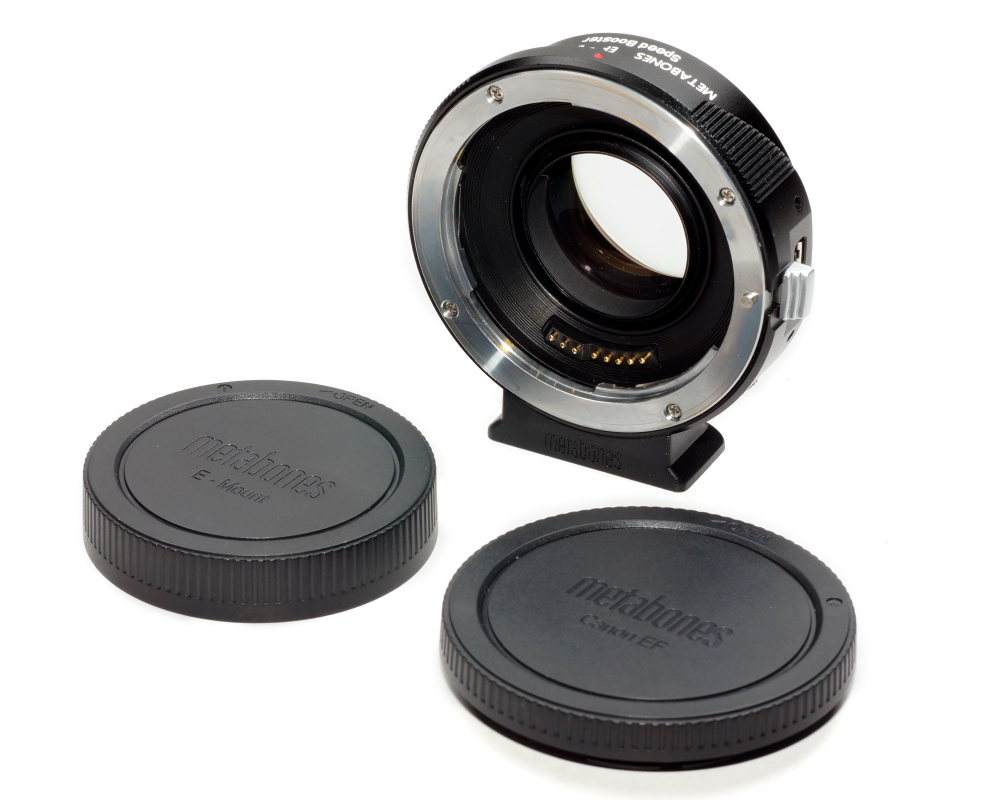

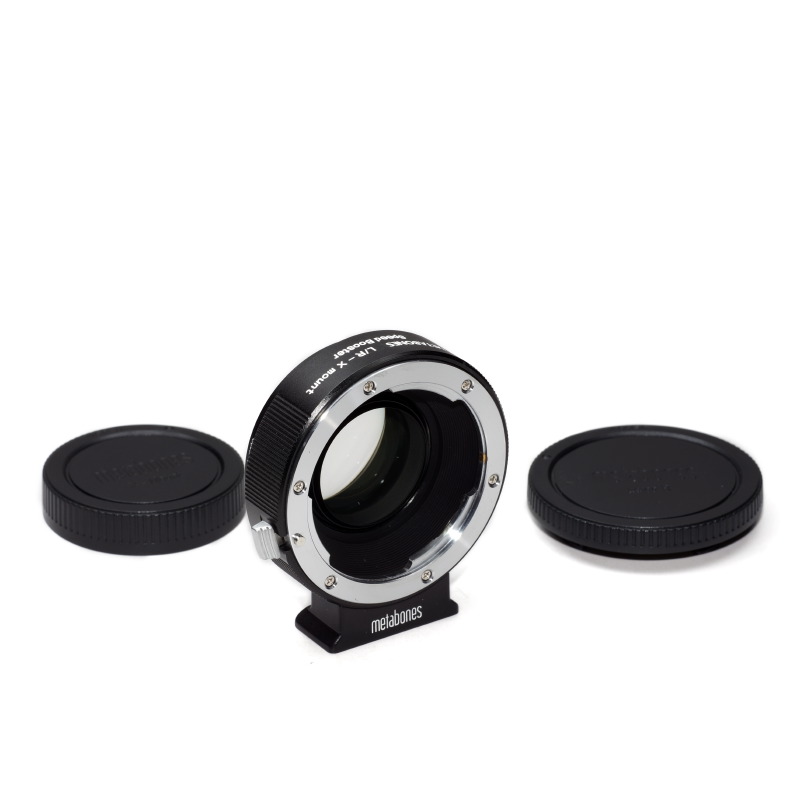

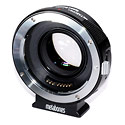

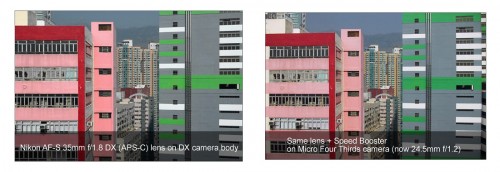
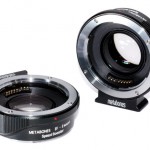
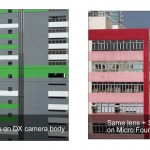
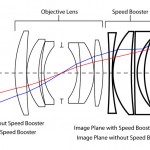
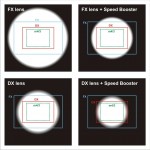
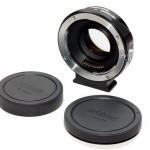
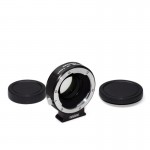
How about the improvement of the MTF ?
Let me see if Photo-Dad can address that as well, Paul.
MTF is a measure of the contrast and sharpness of the camera’s image of a set of black and white lines. Contrast is due mainly to scattering of light within the lens, from the walls and from the optical surfaces. Sharpness is due mainly to the size of the lens and its quality. For a perfect lens the sharpness is limited by diffraction, which is a measure of how much light waves bend around apertures, and images are sharper for larger apertures (hence humungous astronomical telescopes). Since the Speed Booster adds more optical surfaces but the lens aperture remains the same, it ought to degrade the MTF. However when the Speed Booster compresses the image, it also compresses the aberrations. This is true in the middle of the image and extends quite far toward its edges, but not all the way. So the MTF improves due to this factor more than it is degraded due to light scattering from increased optical surfaces resulting in an improved overall MTF.